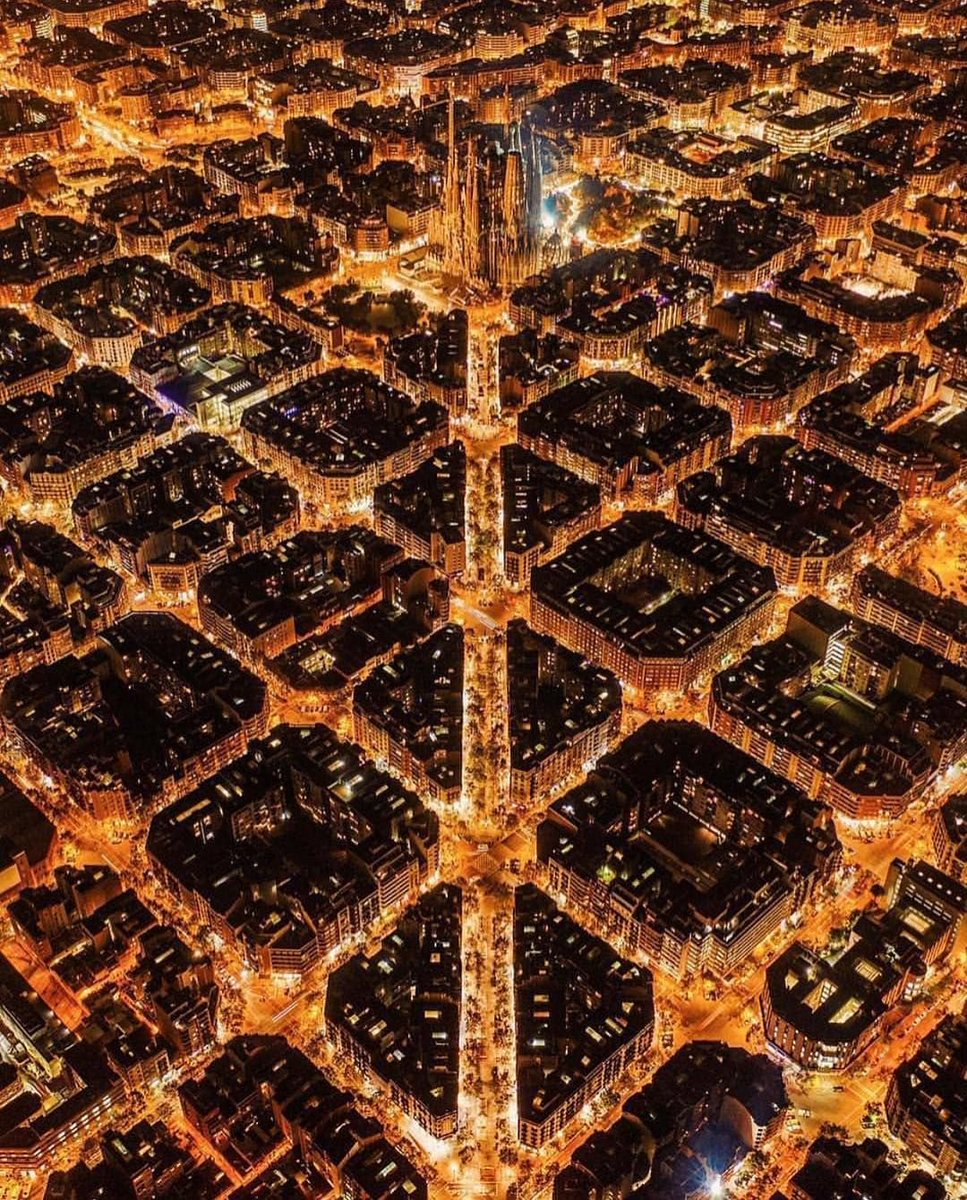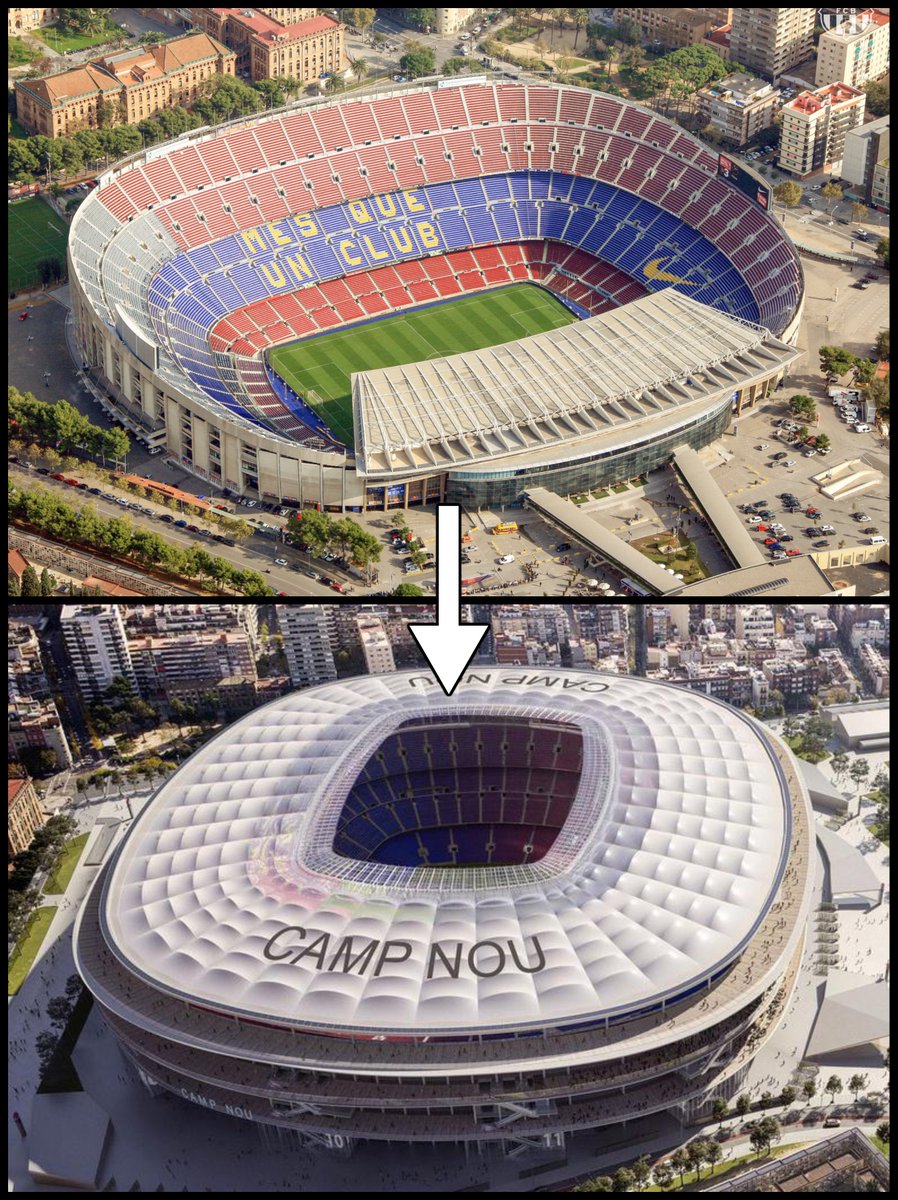The world's most famous neoclassical buildings are kind of boring and generic when you actually look at them.
It's even hard to tell them apart: which one below is Versailles, or Buckingham Palace?
So here's why neoclassical architecture (although it's nice) is overrated:
It's even hard to tell them apart: which one below is Versailles, or Buckingham Palace?
So here's why neoclassical architecture (although it's nice) is overrated:

Buckingham Palace, despite being one of the world's most famous and visited buildings, is essentially quite boring and uninspiring from the outside.
There's a certain stateliness to it, but (like most big neoclassical buildings) it's really just a box wrapped in pilasters.
There's a certain stateliness to it, but (like most big neoclassical buildings) it's really just a box wrapped in pilasters.

The same is true of Versailles.
Again, it's evidently pretty (largely thanks to the colour of its stone) but there's something weirdly plain about it, almost standardised.
Plus the emphasis on its horizontal lines makes it feel very low-lying, undramatic, and flat.
Again, it's evidently pretty (largely thanks to the colour of its stone) but there's something weirdly plain about it, almost standardised.
Plus the emphasis on its horizontal lines makes it feel very low-lying, undramatic, and flat.

This also goes for the White House; it is, despite its fame, a plain building.
Though, of course, it was always supposed to be more of a humble residence than a palace.
Thus the White House represents neoclassical architecture at its most restrained — and, therefore, its best.
Though, of course, it was always supposed to be more of a humble residence than a palace.
Thus the White House represents neoclassical architecture at its most restrained — and, therefore, its best.

Neoclassical architecture can be incredibly impressive; that explains, in part, its immense popularity.
Whether for terraced houses, united to create a harmonious whole with their simple but pleasing proportions, or for grand public buildings with towering colonnades.
It works.
Whether for terraced houses, united to create a harmonious whole with their simple but pleasing proportions, or for grand public buildings with towering colonnades.
It works.

And, of course, "neoclassical architecture" is an incredibly broad term.
It includes everything from the exuberance of Baroque to the regimented simplicity of Georgian, from capital N Neoclassicism (things Romans or Greeks might have built themselves) to elegant Palladianism:
It includes everything from the exuberance of Baroque to the regimented simplicity of Georgian, from capital N Neoclassicism (things Romans or Greeks might have built themselves) to elegant Palladianism:

But what all these substyles are united by is their general adherence to the rules and motifs of original classical architecture, i.e. the architecture of the Ancient Greeks and Romans.
Therein lies their beauty... and also their most fundamental flaws.
Therein lies their beauty... and also their most fundamental flaws.

See, the rules of neoclassical architecture — though they lead to its pleasing proportions, human scale, and unity — are inflexible, especially when it comes to proportion and overall plan.
This explains why neoclassical buildings frequently look so similar:
This explains why neoclassical buildings frequently look so similar:

Along with strict proportions, symmetry is also demanded by the rules of the neoclassical.
But, from faces to flowers and films to photos, absolute symmetry rarely equates to beauty or charm.
And yet all neoclassical buildings are, necessarily, precisely symmetrical.
But, from faces to flowers and films to photos, absolute symmetry rarely equates to beauty or charm.
And yet all neoclassical buildings are, necessarily, precisely symmetrical.

This enforced standardisation is a bigger problem with decoration.
Just think of the famous five classical orders.
Though there is sometimes experimentation, neoclassical buildings rarely stray from the strict rules that govern the decorative details of these five.
Just think of the famous five classical orders.
Though there is sometimes experimentation, neoclassical buildings rarely stray from the strict rules that govern the decorative details of these five.

Hence neoclassical buildings around the world have the same decoration: the same volutes, acanthus leaves, and strings of fruit.
This does create a sense of unity (plus they're pretty!) — but it also feels lifeless, and has no relevance to local heritage.
Always the same.
This does create a sense of unity (plus they're pretty!) — but it also feels lifeless, and has no relevance to local heritage.
Always the same.

And so neoclassical decoration is conventionalised.
A convention is something you do because it's the way you're "supposed" to do it, not because you actually believe in, like, or understand it.
These Corinthian capitals (all from different buildings) lack real meaning or life.
A convention is something you do because it's the way you're "supposed" to do it, not because you actually believe in, like, or understand it.
These Corinthian capitals (all from different buildings) lack real meaning or life.

And all this taken together explains why neoclassical architecture can sometimes feel cold, generic, and boring.
In some ways, it has a lot in common with the monotonous, standardised, box-shaped forms of modern architecture.
In some ways, it has a lot in common with the monotonous, standardised, box-shaped forms of modern architecture.

• • •
Missing some Tweet in this thread? You can try to
force a refresh





















